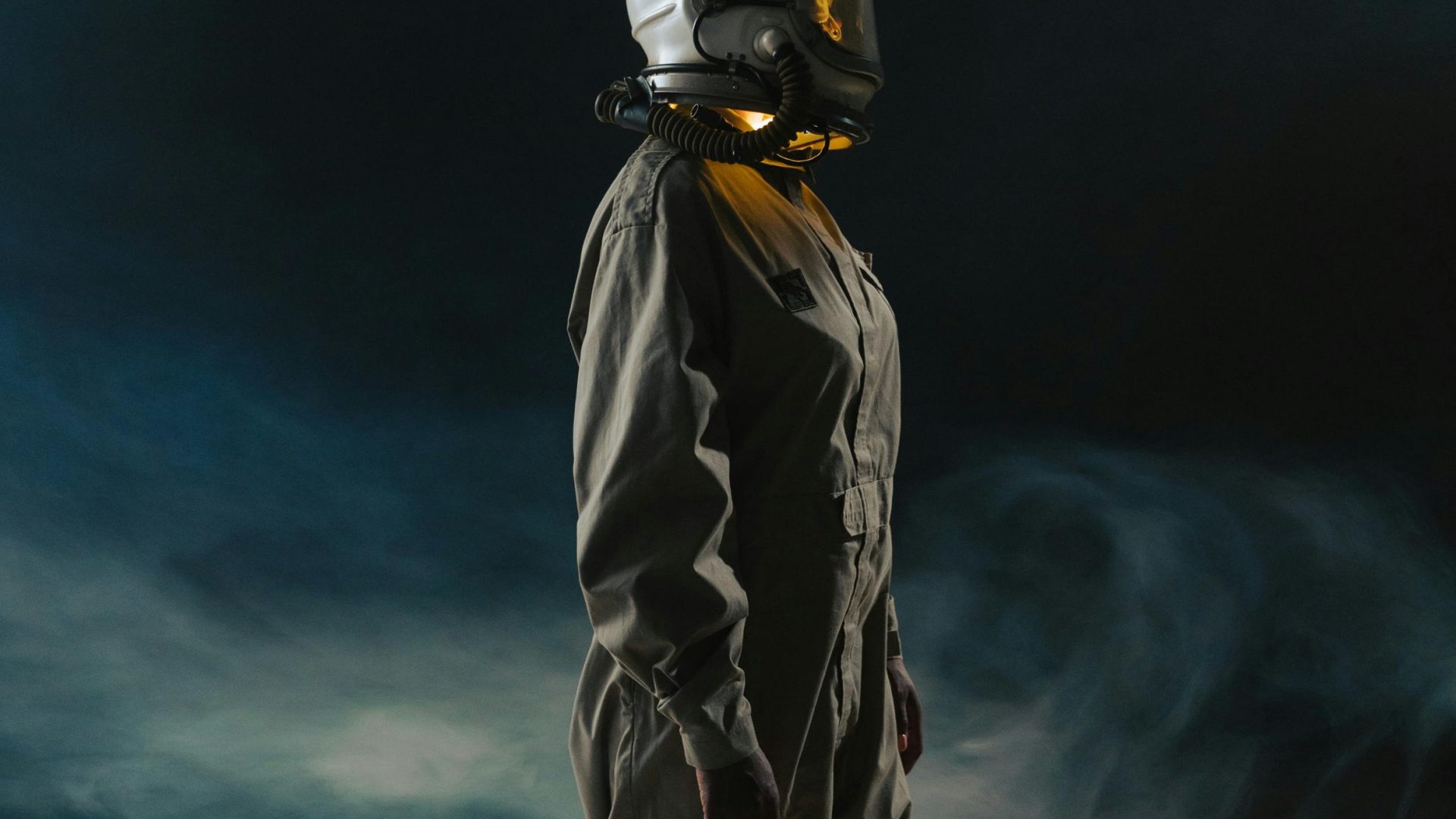Defense Scoop: NORAD Commander Highlights Surge in Drone Incursions at U.S. Military Installations
Submission Statement
The Pentagon is calling for enhanced technology and broader authority to address the increasing number of drone incursions at U.S. military installations, according to the commander of North American Aerospace Defense Command (NORAD) and U.S. Northern Command (Northcom).
During a Senate Armed Services Committee hearing on Thursday, Gen. Gregory Guillot provided insights into the alarming trend of drone activity, noting the growing concerns around the surveillance of sensitive capabilities at military facilities. “Last year, we recorded 350 drone detections across more than 100 military sites, varying in security levels,” he stated.
He referenced high-profile cases from the previous year, including numerous Unmanned Aerial System (UAS) sightings at several bases in New Jersey, amidst rising reports of unusual drone activity in the region. A senior defense official expressed the Pentagon’s frustration with such occurrences, underscoring the ongoing challenges.
Guillot pointed out that the current regulatory framework and limitations on countermeasures for UAS—largely driven by flight safety and privacy concerns—have created significant vulnerabilities that both known and unknown actors are capitalizing on. Notably, not all military commanders possess the authority to utilize weapons for defending their bases against drone intrusions; only about half of the installations are classified as “covered installations,” he explained.
Section 130i of Title 10 of the U.S. Code specifically addresses the protection of certain facilities and assets from unmanned aircraft.

This is a concerning situation that underscores the growing challenges posed by drone technology, particularly in relation to national security. The fact that General Guillot reported 350 detected incursions over just 100 military installations speaks volumes about the scale of the issue. It’s clear that existing regulations and constraints are hindering our ability to effectively respond to potential surveillance threats from drones.
The need for more advanced technology and expanded authorities is critical. As drones become more accessible and their potential for surveillance or even malicious intent increases, we must adapt our defensive strategies. The point raised about only half of the military installations being classified as “covered” suggests significant gaps in our protective capabilities, which could expose sensitive operations and infrastructure to exploitation.
It’s also imperative to find a balance between using defensive measures and adhering to regulations regarding flight safety and privacy. Innovations in drone detection and neutralization technologies, coupled with a review of current policies affecting military installations, could significantly enhance our response to these incursions.
This issue not only impacts military security but also raises broader questions about how we handle drone activity in civilian areas. As we navigate these challenges, it’s essential for lawmakers and military leaders to collaborate on a comprehensive approach to ensure that our armed forces remain protected from evolving threats.